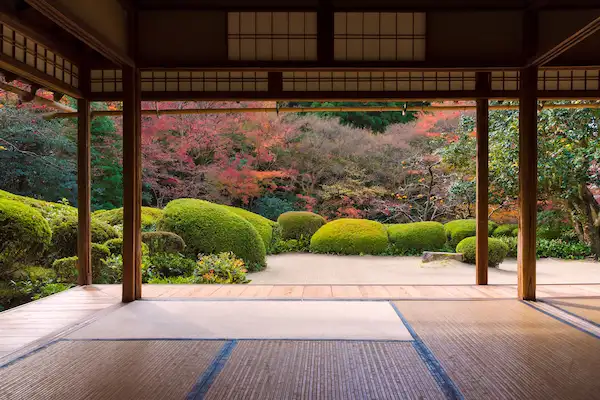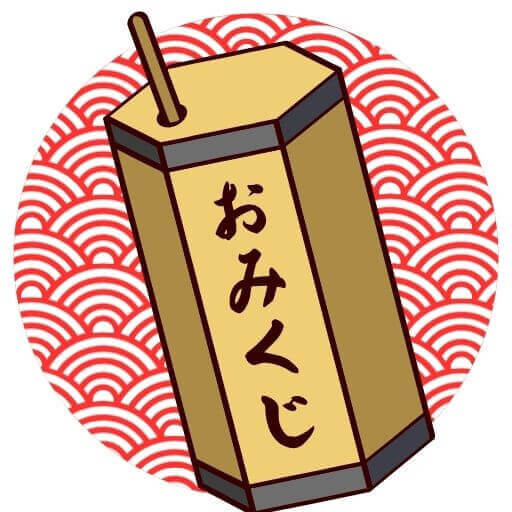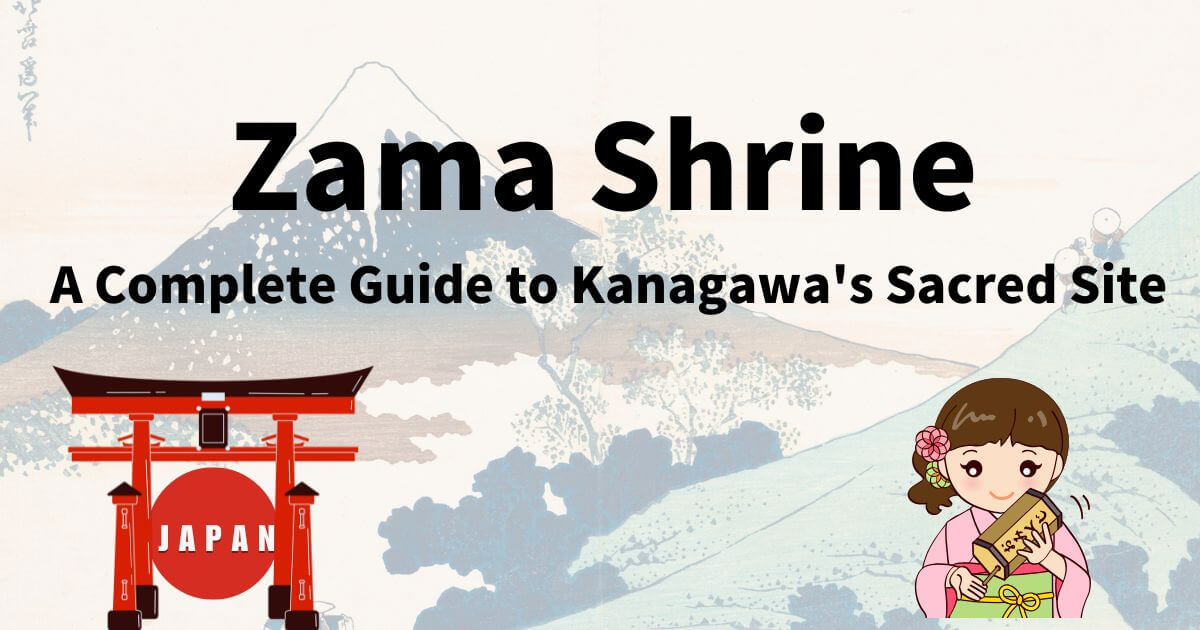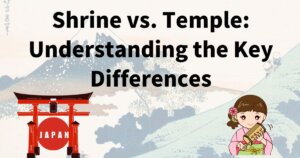The History and Significance of Zama Shrine
(座間神社の歴史とその重要性)
When and Why Was Zama Shrine Built?
(座間神社はいつ、なぜ建てられたのか?) Zama Shrine has ancient roots, believed to have been established centuries ago as a sacred site dedicated to local deities. It was built to protect the region and offer spiritual blessings to the people of Zama. (座間神社は、数世紀前に建立されたと考えられる歴史ある神社であり、地域の神々を祀る聖地として崇められています。地域の守護と人々の繁栄を願って建てられました。)
What Deities Are Worshipped at Zama Shrine?
(座間神社にはどの神が祀られているのか?) This shrine enshrines multiple deities, including protective spirits that oversee agriculture, prosperity, and safety. These divine figures are deeply connected to the spiritual traditions of the region. (この神社には、農業や繁栄、安全を司る神々が祀られています。これらの神々は地域の信仰と深く結びついています。)
The Cultural and Historical Importance of the Shrine
(神社の文化的・歴史的意義) Zama Shrine has long been an essential part of local festivals and rituals, serving as a gathering place for community events and spiritual ceremonies. (座間神社は、長年にわたり地域の祭りや儀式の中心的な役割を果たし、地域社会の精神的な拠点となっています。)
Connection Between Zama Shrine and Other Shrines
(座間神社と他の神社との関係) Zama Shrine is linked to various Shinto traditions and other major shrines across Japan, sharing common beliefs and spiritual practices that honor nature and divine protection. (座間神社は、日本各地の神道の伝統や主要な神社とつながりを持ち、自然の神々や神の加護を敬う共通の信仰を共有しています。)
Legends and Myths Surrounding the Shrine
(神社にまつわる伝説や神話) There are numerous stories and legends about Zama Shrine, including tales of miraculous blessings and divine interventions that have inspired believers for generations. (座間神社には、奇跡のご利益や神の加護に関する伝説が数多く伝えられており、世代を超えて信仰を集めています。)
How to Visit Zama Shrine: A Complete Guide
(座間神社への訪問ガイド)
How to Access Zama Shrine
(座間神社へのアクセス方法) The shrine is conveniently located in Zama, Kanagawa Prefecture, and can be reached by train or car. Visitors can enjoy the peaceful atmosphere of the surrounding nature. (この神社は神奈川県座間市に位置し、電車や車で簡単にアクセスできます。周囲の自然と調和した静かな雰囲気を楽しむことができます。)
Best Times to Visit Zama Shrine
(座間神社を訪れるのに最適な時期)
- Spring for cherry blossoms and mild weather (春は桜が咲き、過ごしやすい気候)
- Summer for lively festivals (夏は賑やかな祭りが楽しめる)
- Autumn for stunning foliage (秋は紅葉が美しい)
- Winter for a serene and mystical atmosphere (冬は静寂で神秘的な雰囲気)
Traditional Rituals and Festivals Held at the Shrine
(神社で行われる伝統的な儀式と祭り) The shrine hosts various seasonal events, including:
- Annual purification ceremonies (毎年の祓い清めの儀式)
- Harvest festivals celebrating prosperity (繁栄を祝う収穫祭)
- New Year’s blessings and first prayers (新年のご祈祷と初詣)
Proper Etiquette for Visiting the Shrine
(神社訪問時の正しいマナー) Visitors should follow traditional etiquette, such as:
- Bowing before entering the shrine grounds (神社の境内に入る前に一礼する)
- Purifying hands and mouth at the water pavilion (手水舎で手と口を清める)
- Making a respectful offering at the altar (賽銭を入れ、礼儀正しく祈る)
Sacred Objects and Spiritual Symbols at the Shrine
(神社にある神聖な物と霊的な象徴) Zama Shrine features various sacred objects and symbols that hold deep spiritual meaning, such as:
- Ancient sacred trees representing longevity (長寿を象徴する古木)
- Stone monuments inscribed with prayers (祈願が刻まれた石碑)
- Traditional ema plaques for personal wishes (個人的な願いを書ける絵馬)
【Conclusion】Key Takeaways
(この記事でわかる12のこと)
- Zama Shrine has ancient origins and deep spiritual significance. (座間神社は古代からの歴史と深い霊的な意義を持つ)
- The shrine enshrines deities associated with protection and prosperity. (神社には守護や繁栄を司る神々が祀られている)
- It has been a center for local cultural traditions and festivals. (地域の文化的伝統や祭りの中心である)
- The shrine is linked to other Shinto traditions across Japan. (他の神道の伝統とつながりを持つ)
- Various legends and myths surround the shrine. (神社にはさまざまな伝説や神話が伝わる)
- Visitors can access the shrine easily by train or car. (電車や車で簡単にアクセス可能)
- Seasonal visits offer unique experiences, from cherry blossoms to festivals. (季節ごとに異なる魅力を楽しめる)
- Traditional rituals and events are held throughout the year. (年間を通じて伝統的な儀式や祭りが開催される)
- Proper shrine etiquette enhances the spiritual experience. (正しい参拝マナーを守ることで霊的な体験が深まる)
- Sacred trees, stone monuments, and ema plaques symbolize faith. (神聖な木々、石碑、絵馬が信仰を象徴する)
- The shrine provides a tranquil space for reflection and prayer. (静寂な空間での祈りや瞑想に適している)
- No admission fee is required to visit the shrine. (参拝は無料で行える)










